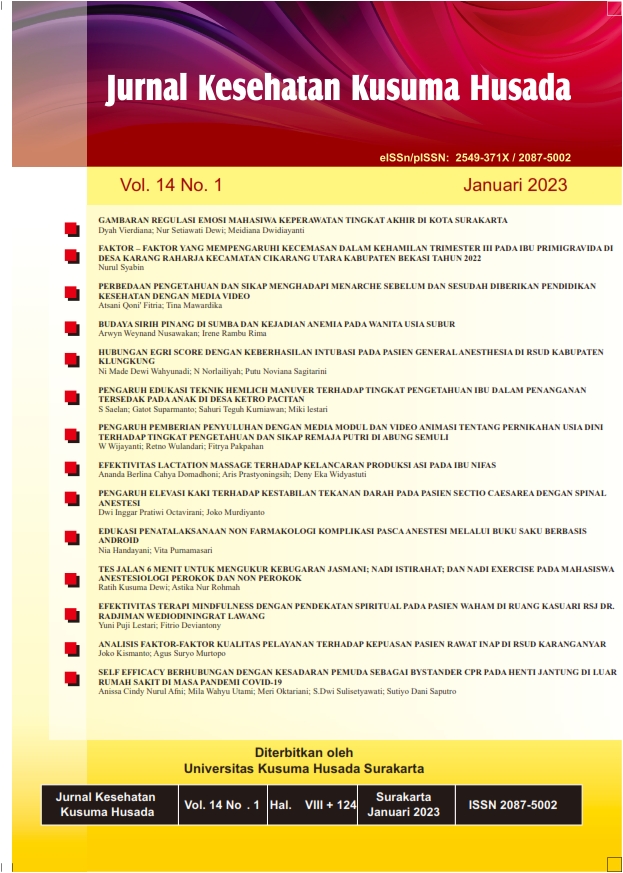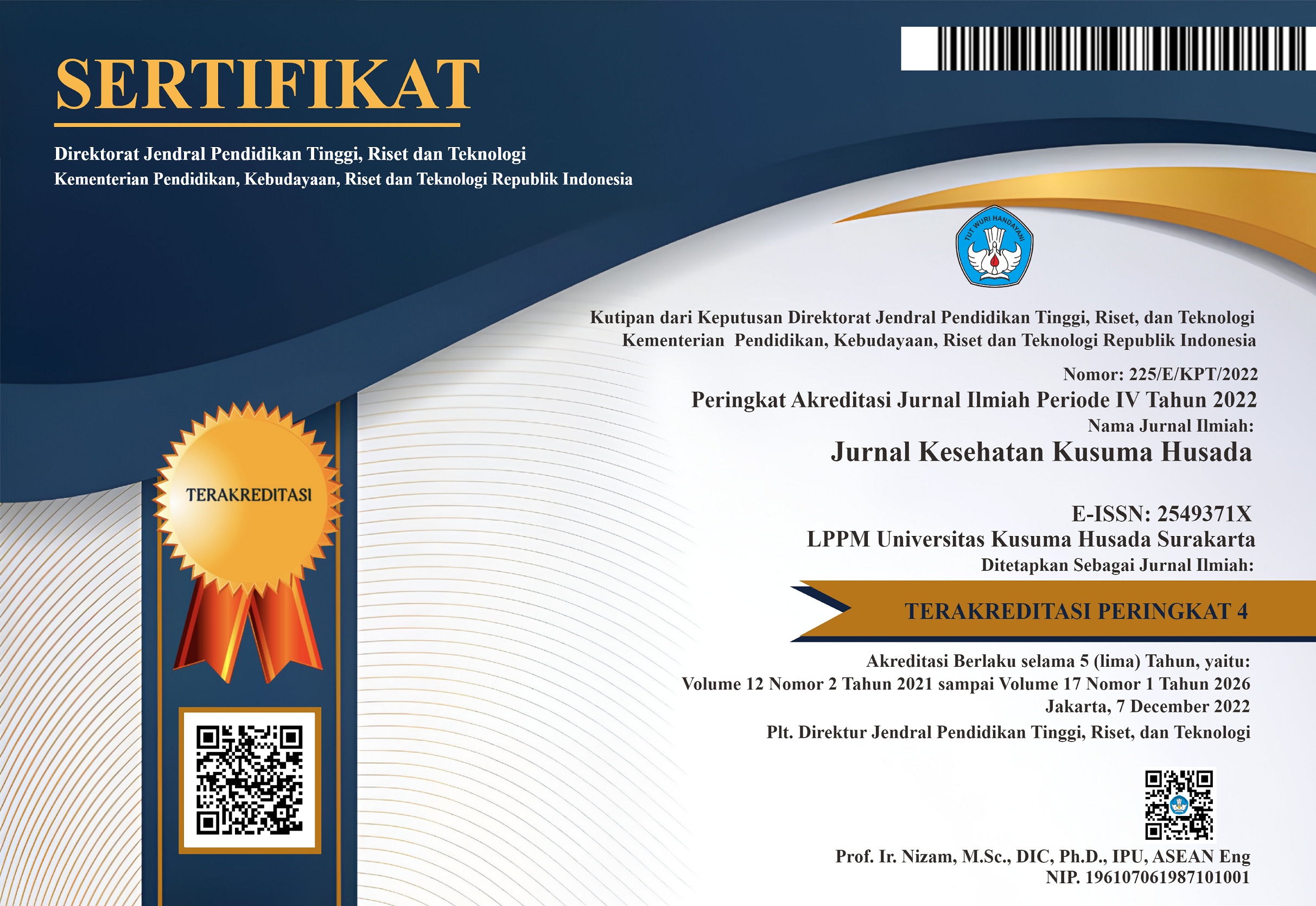BUDAYA SIRIH PINANG DI SUMBA DAN KEJADIAN ANEMIA PADA WANITA USIA SUBUR
Abstract
Penggunaan sirih pinang masih menjadi perdebatan terkait dampaknya bagi tubuh khususnya bagi Wanita Usia Subur (WUS) di Sumba Nusa Tenggara Timur. Tujuan penelitian ini untuk mengidentifikasi kemaknaan sosiokultural dalam mengkonsumsi sirih pinang dan kaitanny dengan kadar hemoglobin (Hb) dan frekuensi makan Wanita Usia Subur. Metode penelitian ini adalah mix method dengan pendekatan studi kasus (single case study with two embedded unit). Teknik pengumpulan data menggunakan wawancara mendalam, pengukuruan Hb perifer dan pengukuran frekuensi makan dan food recall 3x24 jam. Hasil penelitian kualitatif menunjukan tema sirih pinang sebagai material budaya orang sumba, persepsi orang sumba tentang manfaat sirih pinang baik fisik maupun psikis. Kurangnya konsumsi zat besi dan protein, serta hasil pengukuran Hb menunjukan sebanyak 24 dari 50 WUS mengalami anemia. Kesimpulan dalam penelitian ini adalah makan sirih pinang masih dipertahankan karena memiliki peranan penting bagi pelestarian budaya dan menjadi gaya hidup sehari-hari masyarakat Sumba.Wanita Usia Subur yang memiliki kebiasaan mengkonsumsi sirih pinang sebagian besar mengalami anemia, hal ini kemungkinan dapat dipengaruhi oleh tingkat konsumsi zat besi dan protein kurang dari AKG maupun sebagai dampak dari mengkonsumsi sirih pinang yang berlebihan.
Betel nut consumption is still debatable regarding its impact on the body, especially for Women of Reproductive Age (WUS) in Sumba, East Nusa Tenggara. This study aimed to identify the sociocultural significance of consuming betel nut and its relation to hemoglobin (Hb) level and eating frequency of WUS. This is mixed-method research with a case study approach (single case study with two embedded units). Data collection techniques used in-depth interviews, measuring peripheral Hb, and measuring food frequency and food recall 3x24 hours. The results of the qualitative research showed that the themes such as betel nut is a cultural material of the Sumbanese and the perception of Sumbanese about the benefits of betel nut, both physical and psychological. Lack of consumption of Zink and protein, the results of Hb measurements show that 24 out of 50 WUS have anemia. This study concludes that eating betel nut is still maintained because it has an essential role for cultural preservation and has become the daily lifestyle of Sumbanese. WUS who have the habit of consuming betel nut mainly experience anemia that may be influenced by the low level of consumption of Zink and protein than the RDA or might be a result of consuming excessive betel nut.
Copyright (c) 2023 Jurnal Kesehatan Kusuma Husada

This work is licensed under a Creative Commons Attribution 4.0 International License.
The copyright of the published articles belongs to Jurnal Kesehatan Kusuma Husada.

This work is licensed under a Creative Commons Attribution 4.0 International License.











